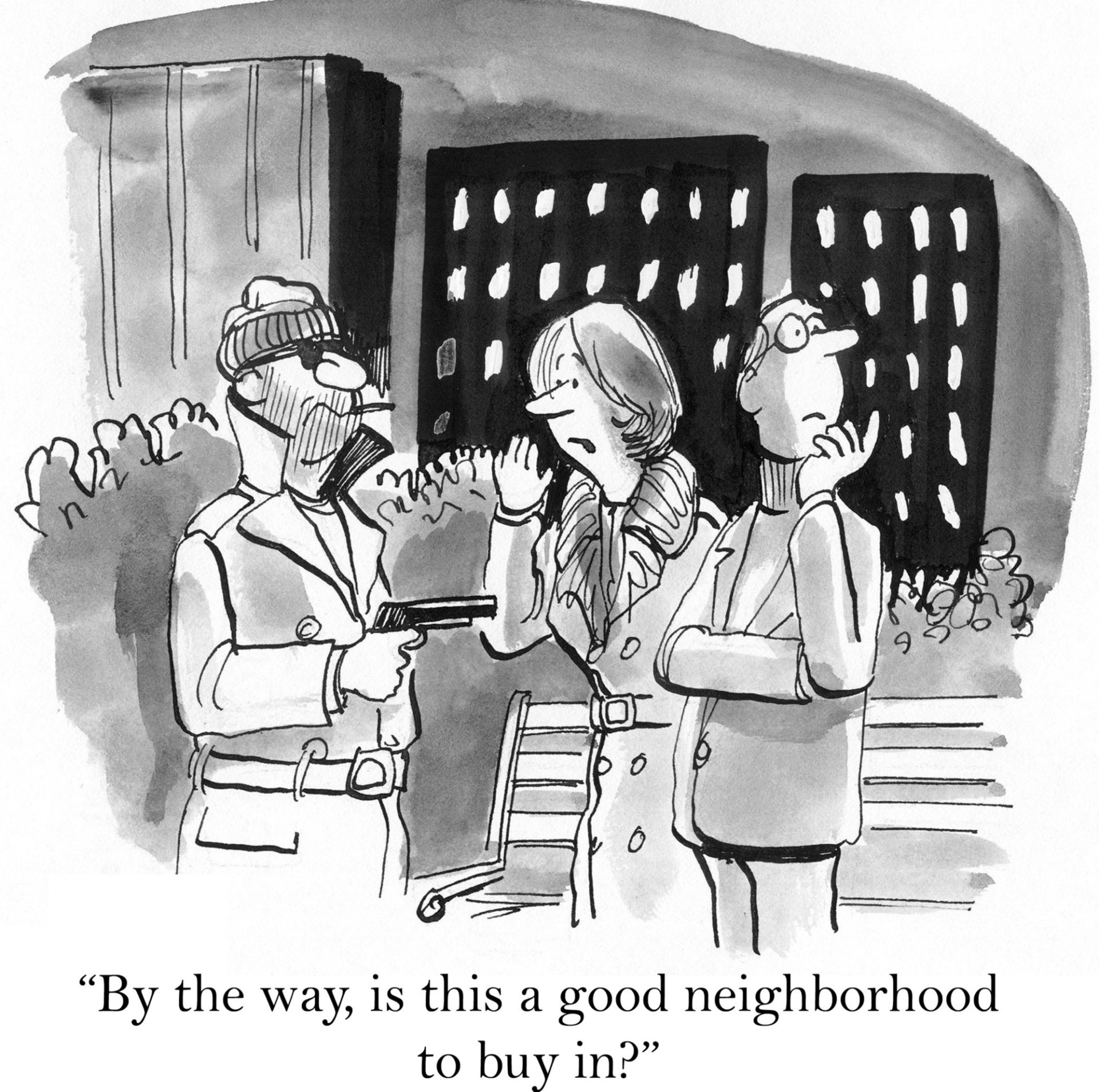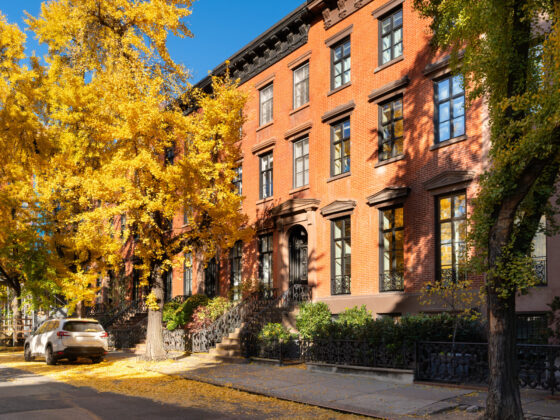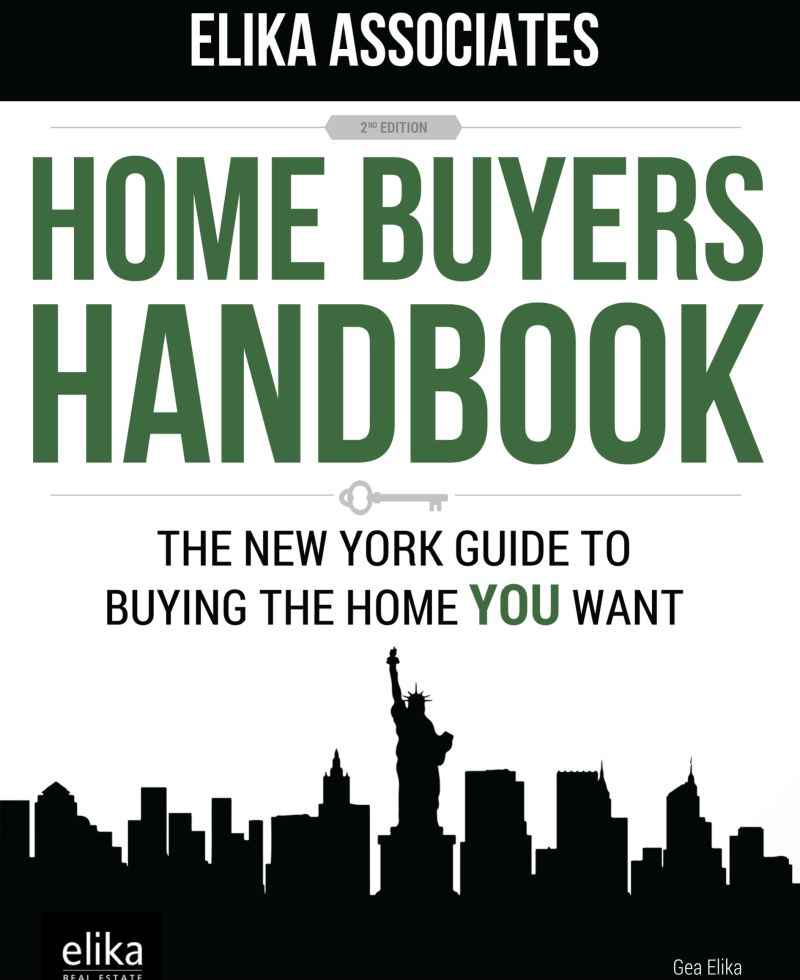Table of Contents Show
Much has been written about red flags when viewing a home. But how many pay attention to neighborhood red flags? When housing hunting in NYC, you must watch for red flags that tell you a particular property isn’t a good buy. When you buy the home, you’re also purchasing the neighborhood. If you want your investment to be a good one, then you’ll want to be sure the area is an established or up-and-coming one that will see your investment grow over time. Then, years later, you may want to sell and use the proceeds to upgrade to a bigger home.
Securing that perfect New York City apartment comes with distinct challenges: staying within budget, qualifying financially, and locating available inventory in your dream neighborhood. You could be happier and healthier for it. But living in the city brings more obstacles than I just mentioned, and dwelling in the wrong place can prove stressful, reduce the quality of life, and sometimes make you regret living in the city. Think long and hard when shopping for an apartment to call home, and avoid buying near these red flags.
Below are nine neighborhood red flags to watch out for before buying in New York City.
There are too many properties on the market.There are too many properties on the market.
Before you buy, you’ll want to look at the local market to see how many others are selling. It would help if you were doing this to assess the current going rate on comparable properties. There’s nothing wrong with seeing a handful of properties on the market. But if you know a lot, that should be a cause for concern. Suggesting illiquidity in the market and pricing pressure is a significant risk for buyers. However, the most important thing is to find out why those “for sale” signs are up. Maybe the neighborhood is gentrifying quickly, and many long-term residents are moving it. Perhaps there are a lot of older residents who are downsizing. Or it could be that theirs a more sinister explanation, such as rising crime rates. Do your research into why people are selling before committing,
The local schools are enrolling fewer students.The local schools are enrolling fewer students.
School enrollments can decrease the number of reasons. A good school in the district is a prime selling point. As such, if one in your neighborhood sees less enrollment, that can mean trouble when it comes time to sell. Maybe poor management is driving parents towards private options. Even if you don’t have kids and have no plans too soon, you should still pay attention to the local schools. A popular school can be a huge selling point, whereas a failing one can immediately put buyers off.
An elementary or high schoolAn elementary or high school
It might seem like a no-brainer to live close to a highly rated school if you plan to send your children there. But you might want to think twice before purchasing an apartment on the same block as the school. Students tend to linger, play, and they could create noise coming and going to class. Parents, caregivers, and school buses will generate more traffic, so your address will be a headquarters for comings and goings for nine months per year, even more so than the expected city bustle.
There are a lot of empty storefronts.There are a lot of empty storefronts.
Even if the property looks excellent, you’ll want to look at how the rest of the neighborhood is doing. If you see many empty storefronts, the residents have less disposable income than before. Fewer residents with disposable income suggest a neighborhood decline, which will spell bad trouble when selling. If homeowners can’t pay for dinner out, they probably can’t pay for upkeep. It can spell foreclosure, which can mean the end of a neighborhood.
The surrounding buildings aren’t in good condition.The surrounding buildings aren’t in good condition.
Retail properties aren’t the only thing you want to be looking for. How is the rest of the neighborhood doing? Any area with many run-down buildings and infrastructure should be an immediate red light—nothing to do with how wealthy the neighborhood is. Even low-income neighborhoods will stay well maintained as a matter of pride—residents, and landlords who don’t keep their properties lower property values for everyone.
In a too touristy areaIn a too touristy area
Times Square, Herald Square, the World Trade Center, Empire State Building, and Rockefeller Center –– are only a few of the many hyper-touristy areas in the city. Although it’s fun to stay close to these attractions as a visitor, living as a permanent resident in any of these areas will probably prompt a not-so-fun experience. If you plan on becoming a longtime New Yorker, trust me, you’ll want to avoid the crowds as often as possible, and that means if you’re choosing Manhattan, stick to the perimeter and avoid the center in most cases.
Above a restaurant or barAbove a restaurant or bar
Some residents might find living in the same structure as a pub convenient, mainly if they frequently say establishment. Besides the sound of constant chatter, you could have to tolerate around-the-clock aromas coming from the kitchen, not to mention alcohol-influenced patrons at all hours and, potentially, bar brawls. But bear in mind that apartments above restaurants and bars usually garner a lower asking price for resale than those without a food service tenant on the ground floor.
A lack of transitA lack of transit
And in New York City, those words refer to living within a quick walk (three to five minutes, usually) of a “good” subway line. “Good” refers to a line that runs seven days a week and provides reliable regular service to where you need to go or where you’d like to go. Living more than an eight-minute walk from a subway train gets old. And when you sell your apartment, buyers won’t consider purchasing a property that doesn’t include easy access to public transit.
Most New Yorkers rely on public transport to get around, and if one neighborhood is lacking, that can make any home there a hard sell. If the neighborhood is so far out that it relies on public buses and private cars to get around, that’s a major losing point—a big thing in New York City to pay attention to.
Next to an aboveground trainNext to an aboveground train
I’ve heard that people who live next to a train get used to the clanging on the tracks. But what if you buy a place and can’t adjust? It won’t be easy to sell an apartment with a train line running outside its door, and apartments farther away from the train will typically sell first. Investing in New York City real estate is a huge commitment and requires a more significant amount of capital, so think carefully about resale. Find out where the nearest subway station is and what other transport options residents have to get around.








